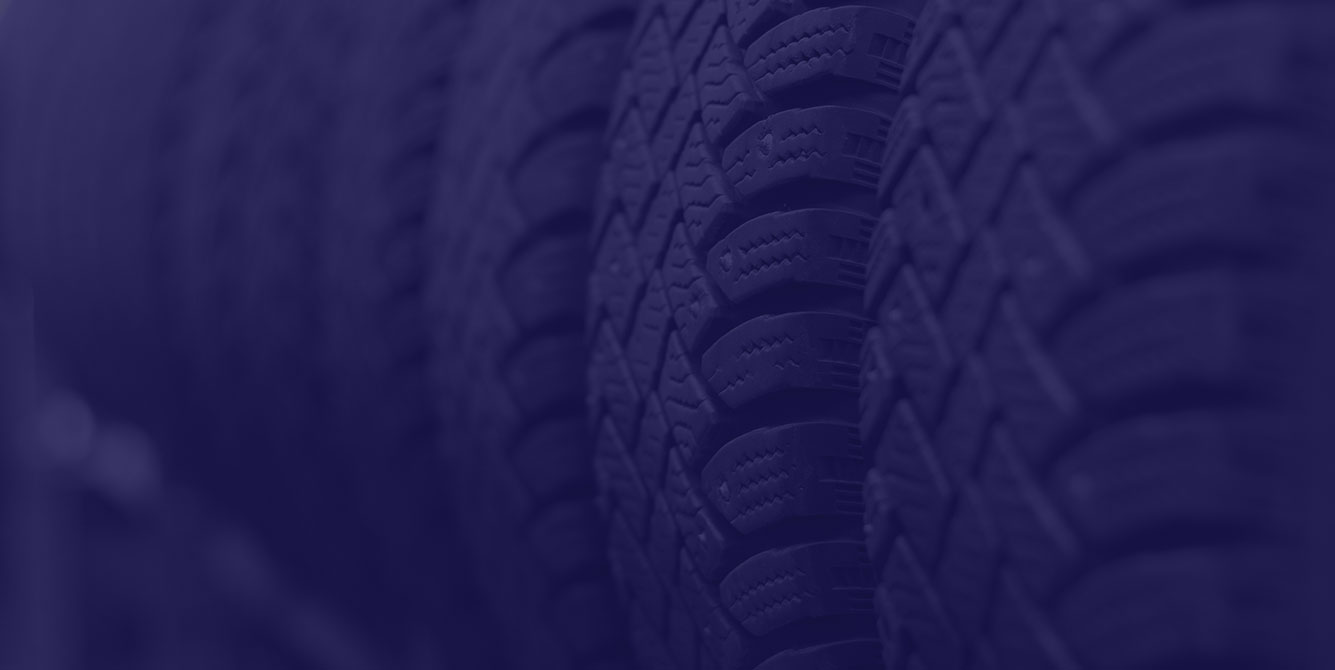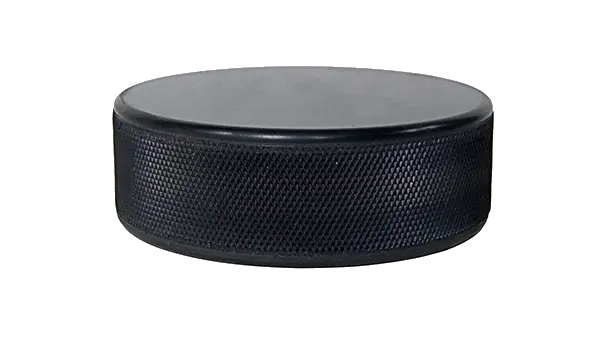
Butyl Rubber Material Manufacturer
Seals, O-Rings & Gaskets & More
When shock absorption and durability is a major concern, butyl rubber is a great material for your parts. Timco Rubber works with business to design and provide customized butyl rubber products that specifically address your application’s performance needs.

Butyl Rubber: Shock Absorption, Gas Impermeability, and More
Butyl rubber offers some special capabilities to make it a potential option for applications that need quality sealing, lining, mounting, or more. This material is both incredibly durable and flexible, making it a natural solution for anyone in need of rubber parts that can endure regular agitation while maintaining seals, support, and other key tasks.
In addition to tremendous shock absorption, butyl features exceptionally low gas and moisture permeability and outstanding resistance to heat, aging, weather, ozone, chemical attack, flexing, abrasion, and tearing. It is resistant to phosphate ester based hydraulic fluids, is puncture resistant, and has excellent electrical insulation performance.
These qualities make butyl a tremendous option for a variety of applications and industries. Whether you need butyl sealants, butyl pond liners, or some other custom-made part, Timco can help. Our team works directly with you to identify your exact part needs and supply a custom solution that address both performance and budget. We strive to provide the best, most cost-effective custom rubber parts for your business, so work with Timco today to invest in the right parts for your applications.
Butyl Properties
- Common Name: Butyl or Isobutylene-Isoprene Copolymer
- Temperature Range
- Low Temperature Usage: -75 degrees F / -50 degrees C
- High Temperature Usage: Up to 250 degrees F / 120 Degrees C
- Tensile Strength
- Tensile Range: 500-2500 P.S.I.
- Elongation: 600% Maximum
- Durometer (Hardness) – 40-90 Shore A
- Resistances
- Aging Weather - Good
- Abrasion Resistance: Poor
- Ozone Resistance: Good
- Weather Resistant: Excellent
- Water Resistant: Excellent
- Oil Resistance: Poor
- Chemical Resistant: Good
- Heat Resistant: Good
- General Characteristics
- Gas Permeability: Excellent
- Compression Set: Poor
Butyl Applications
- Shock mounts
- Tubeless tire liners
- Inner tubes
- Stoppers
- Sealants and adhesives
- O-rings
- Pond Liners
- Tank Liners
Butyl Benefits and Advantages
- Flexibility
- Airtight and gas impermeable (a property unique to butyl rubbers)
- Low glass transition temperature
- Good ozone resistance
- Displays high damping at ambient temperatures
- Good weathering, heat, and chemical resistance
- Good damping capabilities
- Biocompatible
- Age resistance
Butyl Rubber FAQs
Q: What is butyl rubber?
A: Butyl rubber, also known as Isobutylene-Isoprene Copolymer (IIR), is a synthetic rubber made by polymerizing isobutene with a small amount of isoprene. This material is best known for its excellent impermeability to gases, a quality that is unique to butyl. It also offers outstanding weather and aging resistance, and low permeability to moisture.
Q: What is the primary characteristic of butyl rubber?
A: Butyl Rubber is primarily recognized for its exceptional air and moisture barrier properties, making it ideal for applications requiring airtight seals and low gas permeability.
Q: What other properties does butyl rubber possess?
A: In addition to air and moisture resistance, Butyl Rubber offers:
- Excellent resistance to heat and ozone.
- Good chemical resistance, particularly to acids, bases, and alcohols.
- Low temperature flexibility and good damping properties.
However, it has relatively poor oil resistance and is not ideal for applications involving exposure to oils, fuels, or grease.
Q: What are the most common applications of butyl rubber?
A: Butyl rubber is widely used in industries requiring airtight seals, protective barriers, and dampening. Common applications include:
- Tires: Inner tubes and tire linings due to air retention properties.
- Pharmaceuticals: Seals for medical vials and drug containers.
- Automotive: Seals, gaskets, and shock absorbers.
- Roofing and Liners: Used for its resistance to weathering and permeability.
Q: How are butyl rubber grades classified?
A: Butyl Rubber grades are primarily classified based on the isoprene content and molecular weight, which affect properties like flexibility, processing ease, and gas permeability.
Q: How does isoprene content affect butyl rubber properties?
A: The addition of isoprene causes the vulcanization effect that allows the material to double bond. The amount of isoprene used while making butyl influences the rubber’s flexibility and performance at low temperatures. Higher isoprene content improves flexibility and elasticity, while lower isoprene content results in better impermeability and heat resistance.
Q: What are the common processing methods for butyl rubber?
A: Common processing methods for butyl rubber include:
- Extrusion: To create continuous shapes like seals, gaskets, and tubing.
- Molding: For producing custom parts such as automotive gaskets and seals.
- Calendering: Used to produce thin films and sheets for various applications, including liners.
Interested in Butyl Rubber O-Rings, Shock Mounts, and More?
Call us at 1-888-754-5136 or request a quote today whether your business needs custom butyl tank liners or butyl adhesives. Our team of experts is available to help answer any questions you have along the way.
Not sure which material you need for your custom rubber product?
We can help you identify the perfect compound for your exact needs. View our rubber material selection guide or contact us today to learn more.
Want to make sure that Timco is the right partner for all your Butyl part requirements?